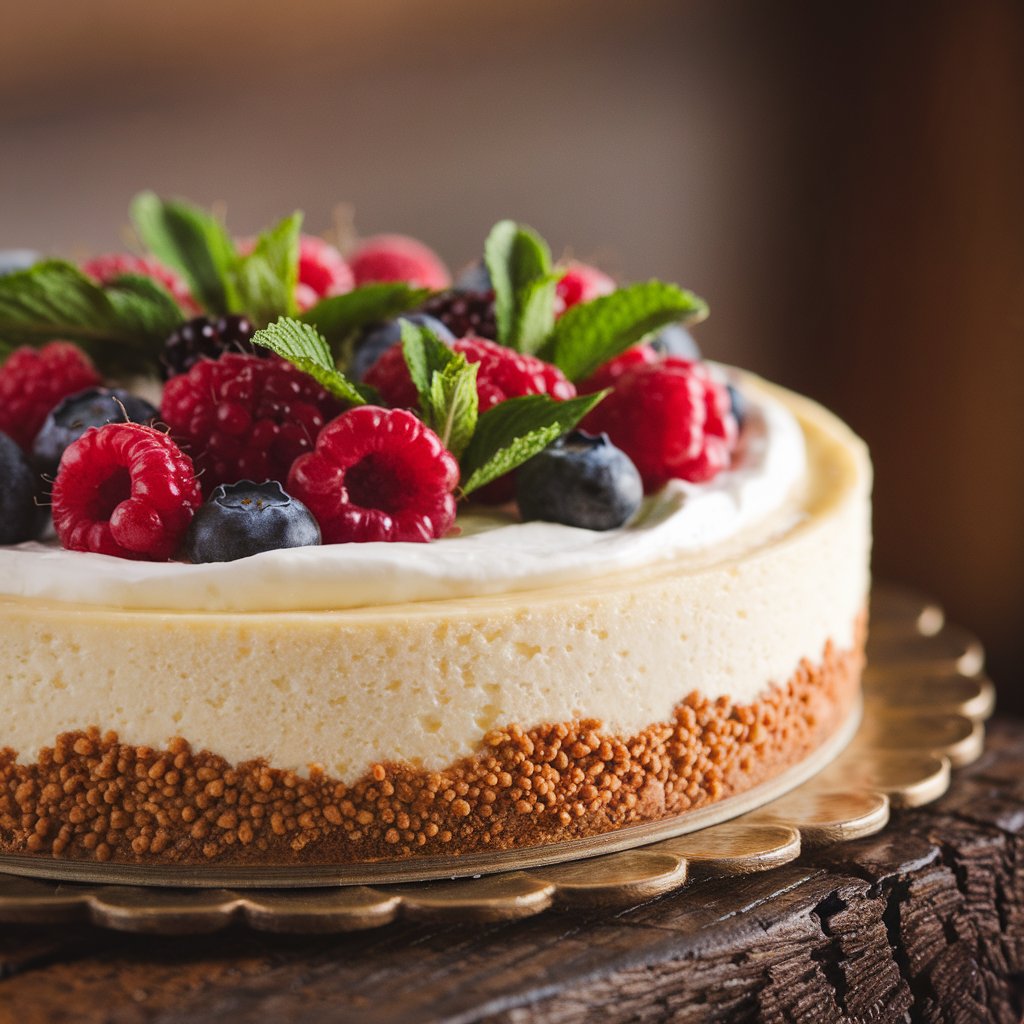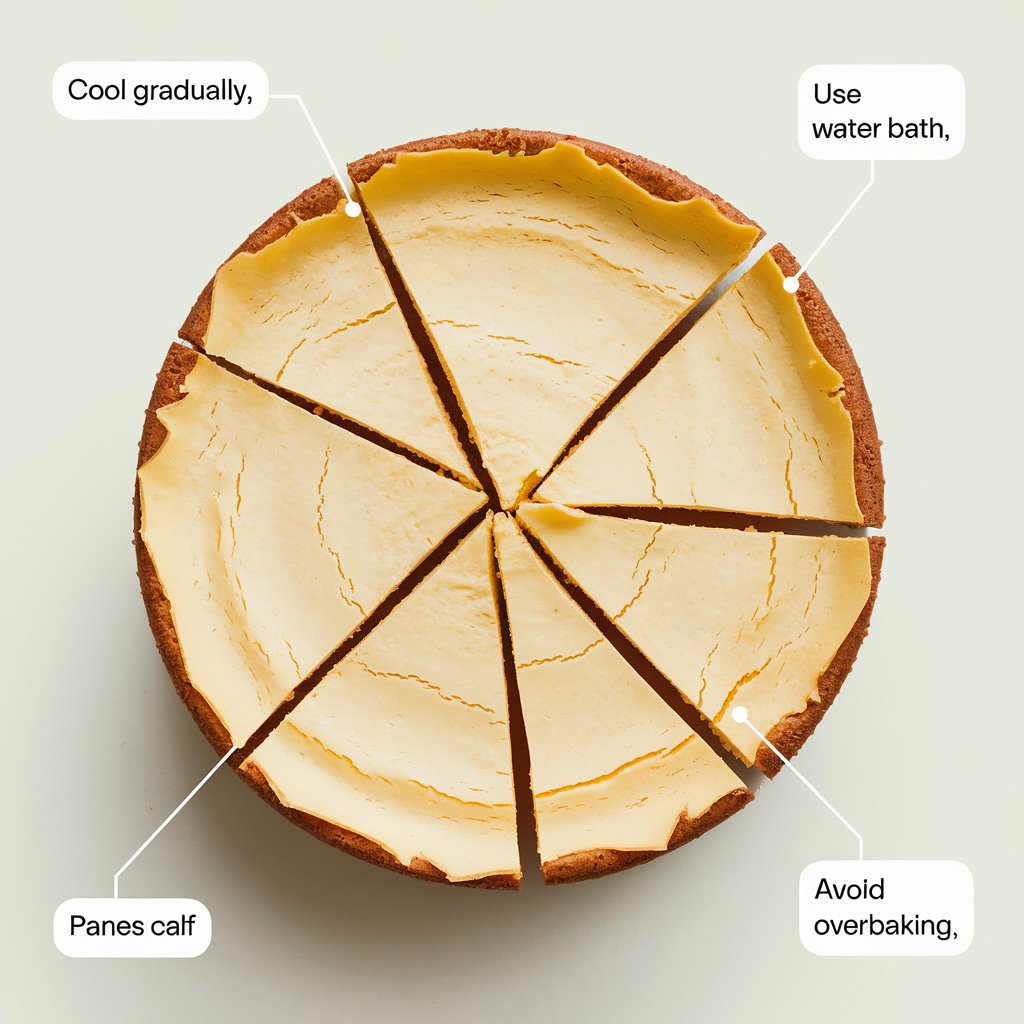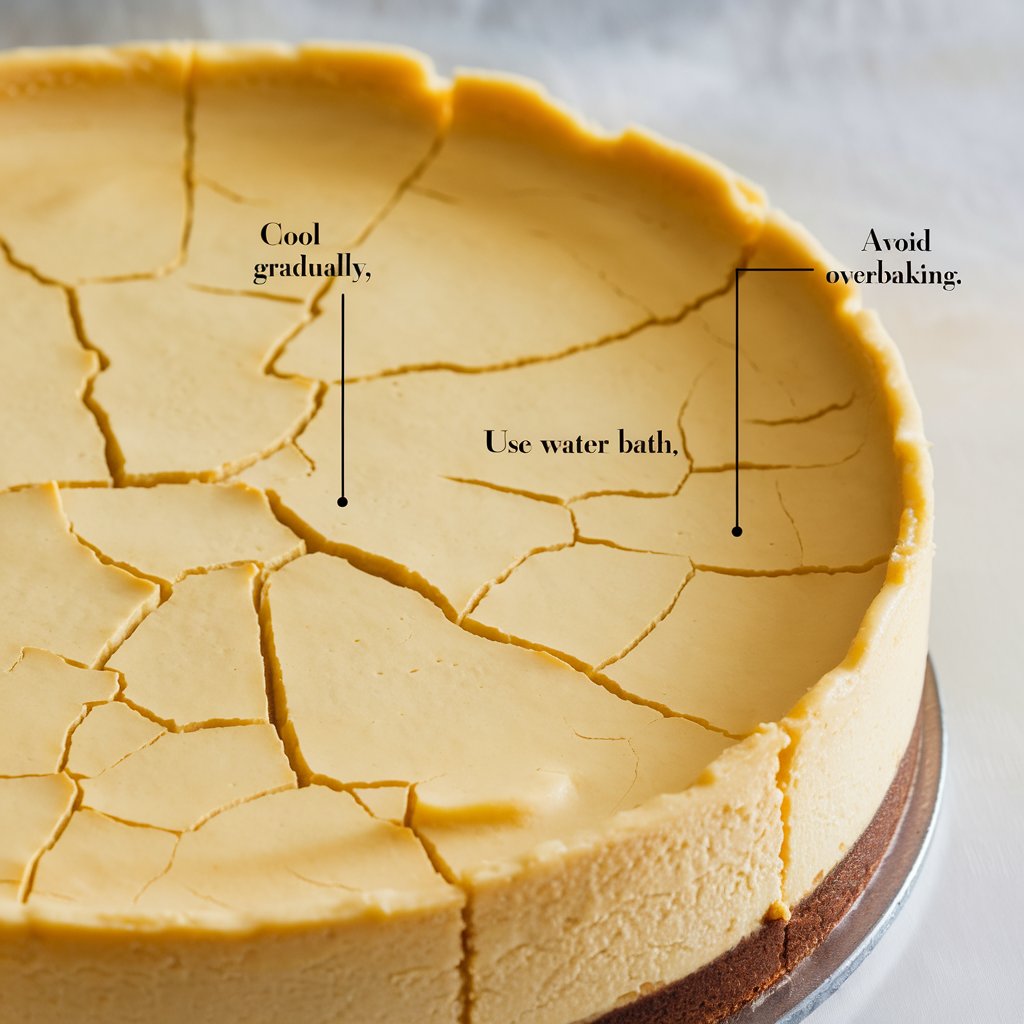Introduction
Looking for a healthier twist on classic cheesecake? This cottage cheese yogurt cheesecake is creamy, delicious, and packed with protein. By combining cottage cheese and Greek yogurt, this dessert offers all the indulgence of traditional cheesecake with fewer calories and a lighter texture. It’s perfect for a guilt-free treat, family gatherings, or as a post-meal delight.
Cottage cheese yogurt cheesecake might just be the ultimate dessert for anyone looking to indulge while keeping things healthy. Imagine a creamy, decadent cheesecake that doesn’t just tantalize your taste buds but also gives you a boost of protein and probiotics. Sounds too good to be true? It isn’t! This unique dessert combines the goodness of cottage cheese and yogurt, delivering a lighter, healthier twist on the classic cheesecake.
Whether you’re an experienced baker or a novice, this guide will walk you through everything you need to know about making the perfect cottage cheese yogurt cheesecake. From understanding the benefits of its star ingredients to troubleshooting common baking issues, we’ve got you covered. Let’s dive in!
Table of contents
Introduction
Cheesecakes have been a beloved dessert for centuries. Their smooth, rich texture and versatility make them a favorite for various occasions. However, traditional cheesecakes can often be heavy, calorie-dense, and laden with fats. That’s where the cottage cheese yogurt cheesecake comes in, offering a healthier alternative without compromising on flavor.
This dessert swaps out heavier ingredients like cream cheese and heavy cream for cottage cheese and yogurt. The result? A dessert that’s just as creamy but with a nutritional edge. And the best part? You can customize it to your heart’s desire with endless variations, from fruit toppings to chocolate swirls.
What Makes Cottage Cheese and Yogurt Great for Cheesecake?
Cottage cheese and yogurt are a powerhouse combination for desserts. Here’s why they’re perfect for cheesecake:
- Cottage Cheese: It’s creamy, low in fat, and high in protein. Blended until smooth, it mimics the texture of cream cheese.
- Yogurt: Adds a tangy flavor and a dose of probiotics, which are great for digestion. It also helps to lighten the overall texture of the cheesecake.
Together, these ingredients create a cheesecake that’s rich in taste but lighter on your waistline.

Benefits of Using Cottage Cheese and Yogurt in Cheesecakes
Making the switch to cottage cheese and yogurt isn’t just about reducing calories. It’s also about enhancing the overall quality of your dessert:
- Healthier Option: With fewer fats and calories than traditional recipes, it’s perfect for guilt-free indulgence.
- High Protein Content: Both ingredients are rich in protein, making this dessert a great post-meal treat or even a breakfast option.
- Digestive Health: Yogurt’s probiotics promote a healthy gut.
- Versatility: The mild flavors of cottage cheese and yogurt allow for endless flavor combinations.
- Texture: These ingredients create a creamy texture that’s smooth yet slightly airy.
Ingredients for Cottage Cheese Yogurt Cheesecake
Before diving into the recipe, let’s talk about the essential ingredients you’ll need to create this culinary masterpiece.
Core Ingredients for the Cheesecake
To make the perfect cottage cheese yogurt cheesecake, gather these staples:
- Cottage Cheese: Opt for a smooth variety or blend it for a silky texture.
- Yogurt: Use plain Greek yogurt for its thickness and tanginess.
- Eggs: They help bind the ingredients and add structure.
- Sugar: Adjust the sweetness to your preference. Alternatives like honey or maple syrup also work.
- Vanilla Extract: A classic addition for flavor depth.
- Graham Crackers: For the crust, combined with melted butter.
Optional Add-Ins for Enhanced Flavor
Get creative with these add-ins to elevate your cheesecake:
- Fruit Purees: Swirl in strawberry, blueberry, or mango puree for a fruity twist.
- Spices: A dash of cinnamon or nutmeg can add warmth.
- Zests: Lemon or orange zest brightens the flavor.
- Chocolate: Add a swirl of melted chocolate for a decadent touch.
Block Quote:
“A cheesecake made with cottage cheese and yogurt isn’t just a dessert; it’s a delicious compromise between indulgence and health.”
Step-by-Step Recipe for Cottage Cheese Yogurt Cheesecake
Now that you’re equipped with the basics, let’s jump into the process of making a creamy and delightful cottage cheese yogurt cheesecake. Follow these steps, and you’ll have a dessert that’s sure to impress.
Preparing the Base: The Perfect Crust
Every great cheesecake begins with a solid foundation, and for this recipe, the crust is no exception. The graham cracker crust provides a buttery and slightly crunchy base that complements the creamy filling.
- Ingredients for the Crust:
- 1 ½ cups graham cracker crumbs
- ¼ cup granulated sugar
- 5 tablespoons melted butter
- Instructions:
- Preheat your oven to 325°F (160°C).
- In a mixing bowl, combine graham cracker crumbs, sugar, and melted butter. Mix until the crumbs are evenly coated.
- Press the mixture firmly into the bottom of a springform pan, creating an even layer. Use the back of a spoon or a flat-bottomed glass for best results.
- Bake the crust for 10 minutes, then set it aside to cool.
Crafting the Filling: Mixing Cottage Cheese and Yogurt
The star of this cheesecake is the creamy, tangy filling made with cottage cheese and yogurt. This combination ensures a light, airy texture with a rich taste.
- Ingredients for the Filling:
- 2 cups cottage cheese (blended until smooth)
- 1 cup Greek yogurt
- ¾ cup granulated sugar (or sweetener of choice)
- 3 large eggs
- 1 teaspoon vanilla extract
- Optional: 1 tablespoon lemon juice for a hint of citrus
- Instructions:
- In a blender or food processor, blend the cottage cheese until it reaches a smooth, creamy consistency.
- In a large mixing bowl, whisk together the blended cottage cheese, Greek yogurt, and sugar until well combined.
- Add the eggs, one at a time, mixing gently to avoid incorporating too much air.
- Stir in the vanilla extract and lemon juice (if using). Mix until the filling is smooth and uniform.
Baking and Chilling the Cheesecake
This is where the magic happens! Proper baking and chilling are key to achieving the perfect texture and flavor.
- Instructions:
- Pour the prepared filling over the cooled graham cracker crust. Smooth the top with a spatula for an even surface.
- Place the springform pan in a larger baking dish filled with about 1 inch of hot water. This water bath technique prevents cracks by maintaining a consistent temperature.
- Bake the cheesecake at 325°F (160°C) for 50–60 minutes. The edges should be set, but the center should still jiggle slightly.
- Turn off the oven and leave the cheesecake inside with the door ajar for 1 hour. This gradual cooling process prevents cracking.
- Remove the cheesecake from the oven and let it cool to room temperature. Then, refrigerate for at least 4 hours or overnight for the best texture.
Final Touch: Decorating and Serving
Once your cheesecake is chilled and set, it’s time to make it visually stunning and even more delicious.
- Topping Ideas:
- Fresh Fruit: Arrange slices of strawberries, kiwi, or blueberries on top for a vibrant presentation.
- Sauces: Drizzle berry compote, caramel, or chocolate sauce over the cheesecake.
- Whipped Cream: Add dollops of whipped cream for a classic touch.
- Nuts: Sprinkle crushed almonds or pecans for added texture.
- Serving Tip: Use a sharp knife dipped in hot water to slice the cheesecake cleanly. Wipe the blade between cuts for a polished look.
Block Quote:
“The secret to a perfect cheesecake lies in patience—let it bake slowly, cool gradually, and chill thoroughly.”

Common Problems and Solutions in Cottage Cheese Yogurt Cheesecake
Even experienced bakers can encounter challenges when making cheesecake. Here’s a look at the most common problems and how to fix them.
Problem: Cracked Surface
A cracked cheesecake might not affect the taste, but it can take away from the visual appeal. Here’s why it happens and how to prevent it:
- Causes:
- Overbaking the cheesecake.
- Sudden temperature changes.
- Skipping the water bath.
- Solutions:
- Bake Carefully: Keep an eye on the cheesecake during baking. Remove it when the center is slightly jiggly but the edges are set.
- Use a Water Bath: The water bath helps maintain a consistent temperature, preventing cracks.
- Cool Gradually: Turn off the oven and let the cheesecake cool inside with the door ajar for an hour before transferring it to room temperature.
Problem: Watery Cheesecake
A watery or runny cheesecake can be disappointing. This issue usually stems from the ingredients or insufficient baking time.
- Causes:
- Using watery cottage cheese or yogurt.
- Not baking the cheesecake long enough.
- Solutions:
- Choose Thick Ingredients: Opt for full-fat Greek yogurt and well-drained cottage cheese. If needed, strain the yogurt and cottage cheese in a cheesecloth to remove excess moisture.
- Bake Thoroughly: Test for doneness by gently shaking the pan. The center should jiggle slightly but not appear liquid.
Problem: Bland Taste
No one wants a dessert that lacks flavor. A bland cheesecake might mean the ingredients need an extra boost.
- Causes:
- Insufficient sweetener or flavorings.
- Not using fresh or high-quality ingredients.
- Solutions:
- Sweeten to Taste: Adjust the sugar or substitute it with honey, maple syrup, or even stevia for more depth.
- Enhance Flavors: Add zests, extracts (vanilla, almond), or a pinch of salt to amplify flavors.
Creative Variations of Cottage Cheese Yogurt Cheesecake
One of the best things about this cheesecake is its versatility. Here are some creative twists to keep your dessert exciting.
Lemon and Blueberry Cheesecake
This fresh and fruity variation is perfect for spring or summer.
- Additions:
- Mix lemon zest and a splash of lemon juice into the filling.
- Swirl in a homemade blueberry puree before baking.
- Topping: Garnish with fresh blueberries and a light dusting of powdered sugar.
Chocolate Swirl Cheesecake
For the chocolate lovers, this version is irresistibly indulgent.
- Additions:
- Melt dark chocolate and swirl it into the filling before baking.
- Add a cocoa powder-dusted crust for an extra chocolatey base.
- Topping: Finish with chocolate shavings or a drizzle of ganache.
Vegan Alternatives with Non-Dairy Yogurt and Tofu
Yes, you can make this cheesecake vegan!
- Substitutes:
- Replace cottage cheese with silken tofu.
- Use non-dairy yogurt (such as almond or coconut-based).
- Use a vegan egg substitute like flaxseed or chia eggs.
- Topping Ideas: A coconut whipped cream topping with toasted coconut flakes adds a tropical touch.
- Healthy Protein Desserts
- Cottage Cheese Dessert Recipes
- Cottage Cheese Dessert
Block Quote:
“Cheesecake is like a blank canvas—get creative with flavors, colors, and textures to make it your own masterpiece.”
Nutritional Benefits and FAQs
Nutritional Benefits of Cottage Cheese Yogurt Cheesecake
While desserts are often seen as indulgent, the cottage cheese yogurt cheesecake offers a unique blend of flavor and health benefits. Let’s explore how this dessert is both a treat and a nutrient-packed option.
High Protein and Low Fat Dessert Option
- Protein Content:
Cottage cheese and Greek yogurt are naturally rich in protein, making this cheesecake an excellent option for those looking to increase their protein intake. A single slice can provide around 10–15 grams of protein, depending on the recipe. - Low in Fat:
By using reduced-fat versions of cottage cheese and yogurt, you can significantly cut down on the fat content compared to traditional cheesecakes made with cream cheese and heavy cream.
A Good Source of Calcium and Probiotics
- Calcium Benefits:
Both yogurt and cottage cheese are great sources of calcium, essential for strong bones and teeth. One slice of this cheesecake can contribute to your daily calcium needs. - Probiotics:
Greek yogurt, in particular, contains probiotics, which support digestive health by maintaining a healthy balance of gut bacteria.
Perfect for Balanced Diets
This cheesecake can easily fit into a variety of dietary lifestyles:
- Weight Watchers: With its low calorie and high protein profile, it’s a guilt-free dessert option.
- Keto or Low-Carb Diets: By substituting sugar with a keto-friendly sweetener, this dessert becomes a suitable choice for those following low-carb diets.
- Vegetarian Diets: Made with dairy products, it’s perfect for vegetarians looking for a protein-rich dessert.
Frequently Asked Questions (FAQs)
Here are some of the most common questions about making and enjoying cottage cheese yogurt cheesecake:
Can You Freeze Cottage Cheese Yogurt Cheesecake?
Yes, you can freeze this cheesecake for later use! Freezing allows you to enjoy the dessert without worrying about it going bad.
- Tips for Freezing:
- Wrap the cheesecake tightly in plastic wrap, then in aluminum foil to prevent freezer burn.
- Slice the cheesecake before freezing for easy portioning.
- Store for up to 2 months. Thaw overnight in the refrigerator before serving.
How Long Can It Stay Fresh in the Fridge?
A properly stored cottage cheese yogurt cheesecake can last up to 5–7 days in the refrigerator.
- Storage Tips:
- Keep the cheesecake in an airtight container to prevent it from absorbing fridge odors.
- Avoid slicing the cheesecake until you’re ready to serve to retain moisture.
What Is the Best Way to Serve This Cheesecake?
Serving is just as important as preparation. To make the most of your cheesecake:
- Temperature: Always serve it chilled for the best texture and flavor.
- Pairings: Add fresh fruit, a drizzle of honey, or a sprinkle of nuts to elevate the dessert.
- Presentation: Use a sharp knife dipped in hot water for clean slices and wipe the knife between cuts.
Can I Use Regular Yogurt Instead of Greek Yogurt?
Yes, but there are some considerations:
- Consistency: Regular yogurt is thinner than Greek yogurt, so your cheesecake may turn out less firm.
- Solution: Strain regular yogurt through a cheesecloth for a few hours to remove excess liquid and achieve a Greek yogurt-like consistency.
Can I Make It Without Eggs?
Absolutely! If you’re looking to make an egg-free cheesecake, here’s what you can do:
- Substitutes: Use a commercial egg replacer, applesauce, or mashed bananas.
- Results: The texture may be slightly different, but the cheesecake will still be delicious.
Is Cottage Cheese Yogurt Cheesecake Kid-Friendly?
Yes, this cheesecake is a hit with kids! The mild flavors and creamy texture make it appealing to younger palates. Plus, it’s a sneaky way to get them to eat more protein and calcium.
Block Quote:
“Who says desserts can’t be healthy? This cheesecake proves that you can enjoy the best of both worlds—taste and nutrition.”
Conclusion
Cottage cheese yogurt cheesecake is more than just a dessert; it’s a delightful combination of taste and health. Whether you’re a cheesecake aficionado or someone trying this for the first time, this recipe offers a unique way to indulge without guilt.
By blending cottage cheese and yogurt, you create a creamy, protein-packed dessert that’s as versatile as it is delicious. With endless variations and solutions for common baking challenges, this cheesecake is perfect for any occasion—be it a family gathering, a dinner party, or a quiet treat for yourself.
So why not give it a try? Dive into the world of cottage cheese yogurt cheesecake and discover how a dessert can be indulgent yet nourishing at the same time. Once you master the basics, let your creativity run wild with flavors, toppings, and personal touches. Happy baking!

